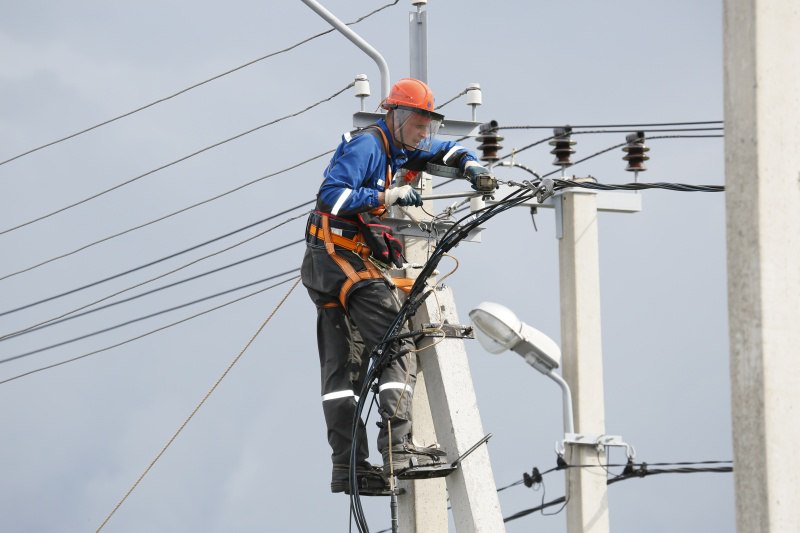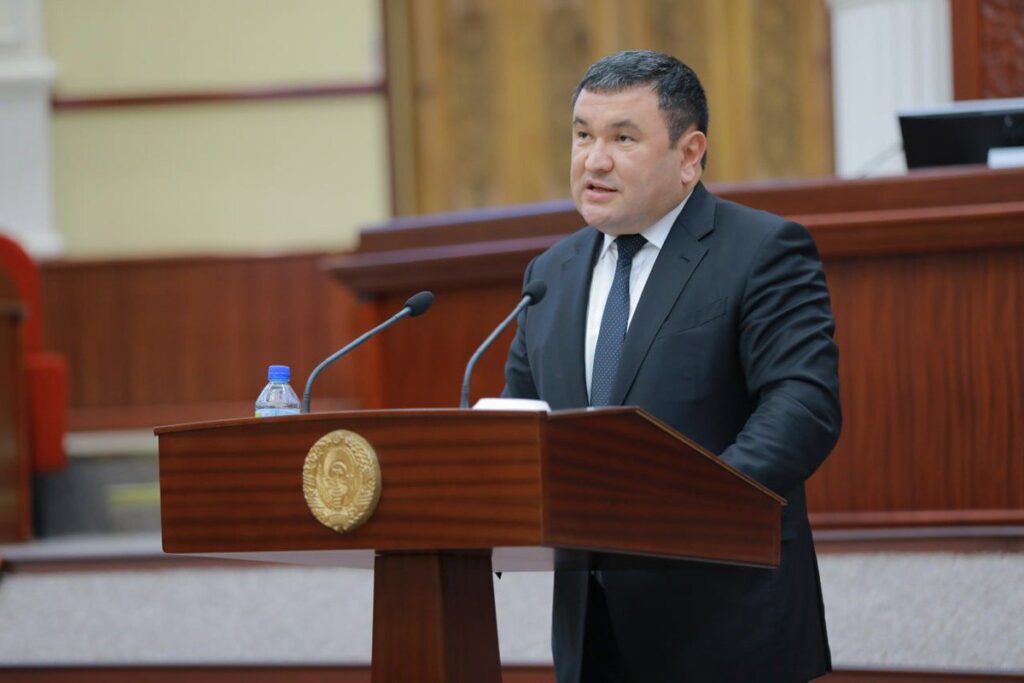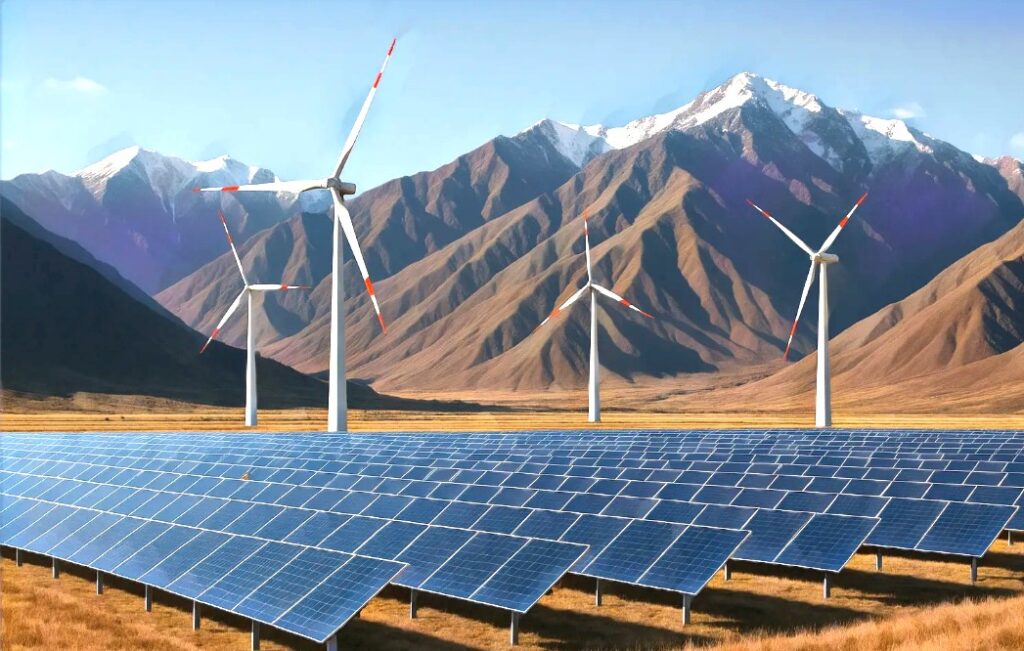This year, Uzbekistan implemented reforms aimed at modernizing and optimizing energy consumption, including a new scheme introduced by the Cabinet of Ministers of the Republic of Uzbekistan.
Entitled “Additional measures to introduce market mechanisms in the fuel and energy sector,” the scheme comprises a new pricing structure for fuel and energy resources for 2024-2025, alongside revised basic standards for monthly household electricity and natural gas consumption, starting May 1, 2024.
Under the new regulations, residents must pay 450 UZS (3.6 cents) for each kilowatt used up to 200 kWh per month and 900 UZS (7.2 cents) for 201 kWh to 1,000 kWh per month. If energy consumption increases, the price changes accordingly. Household consumers living in apartment buildings and dormitories equipped with centralized electric plates for cooking will be charged 225 UZS (1.8 cents) for up to 200 kWh per month, from 201 kWh to 1,000 kWh – 450 UZS (3.6 cents).
Negative reaction to the move has been widespread with numerous complaints posted on social networks such as Instagram and Facebook, demanding the cancellation of the limit of up to 200 kWh. One of the key protests is that the number of family members was not considered when setting the limit and that it will need to increase in the colder months of autumn-winter. Residents also commented they will need to save up to pay for their bills and one Facebook post commented that the 200-kWh limit should be cancelled or at least increased to 500 kWh.
In response to public outcry, Uzbekistan’s Ministry of Energy issued an official statement announcing that there was no reason to revise its decision and reported that since 71% of the population consumed less than 200 kW of electricity in June, the limit was realistic.
When interviewed by TCA on the situation, Umida Ahadova from the Navoi region, commented, “Four people live in our family, and electricity is mainly used for housework. Since it is summer, we often use the air conditioner to cool the house. But the electricity consumption rarely exceeds the set limit of 200 kW.”
Another interviewee Roziboyeva, who shares a rented house in Tashkent with seven friends said, “Eight girls have lived in a 3-room apartment for almost a year, but our energy consumption is only slightly more than 150 kW. That said, we don’t use air conditioners to heat and cool the house.”
According to the ministerial statement , 1 kWh of electricity costs 895 UZS (7.1 cents) (without VAT). The state reimburses 552.4 UZS (4.4 cents) for each kWh of electricity supplied to the population within the basic norm and 102.1 UZS (0.81 cents) from 201 kW to 1000 kWh.
“It should be said that consumers’ electricity savings have increased due to increasing tariffs, ” claimed the ministry. ” As a result, the load on the system is reduced, people’s electricity systems are cut, and accidents are also decreasing.”
Research conducted by Asia-Plus last year showed that Kazakhstan has the highest electricity tariff among Central Asian countries. The price of 1 kWh of electricity, for example in Kazakhstan is 4.8 US cents; in Tajikistan, 2.4 cents, and in Kyrgyzstan, just 1 cent.
According to data studied by TCA, electricity tariffs in Kazakhstan vary by region. For example, in Almaty, it is 25.55 KZT (5.4 cents) per kWh (without VAT), while in Astana, the rate is equivalent to 23.13 KZT (4.9 cents) (with VAT). The country also has a different tariff system to Uzbekistan. Citizens in the capital consuming up to 90 kWh, must pay 18.66 KZT (3.9 cents) per kWh, and as consumption increases, the price changes from 90 to 180 kWh – 27.75 tenge (5.9 cents) and if it exceeds 180 kWh, the cost rises to 34.70 KZT (7.3 cents).
From 1993 to January 1, 2019, residents of Turkmenistan, did not pay for water, gas, and electricity. The country now applies differentiated tariffs with 35 kWh of electricity per month provided free of charge.
Uzbekistan has now commenced construction on two solar power plants in the Fergana and Namangan regions, with a total capacity of 400 megawatts. The electricity generated is to be supplied to Kyrgyzstan, further enhancing regional energy cooperation.
In conclusion, Uzbekistan’s reforms are part of a broader effort to modernize its energy sector, improve efficiency, and reduce reliance on traditional energy sources. The changes are expected to bring long-term benefits, including new job creation, improving the quality of the electricity supply, and increasing efficiency in the overall energy system.









